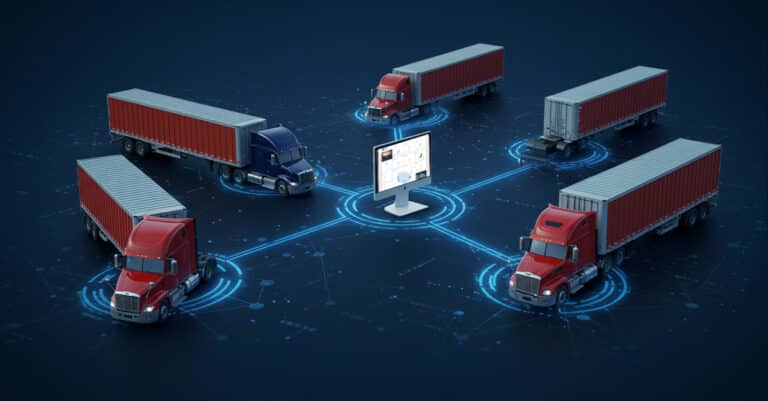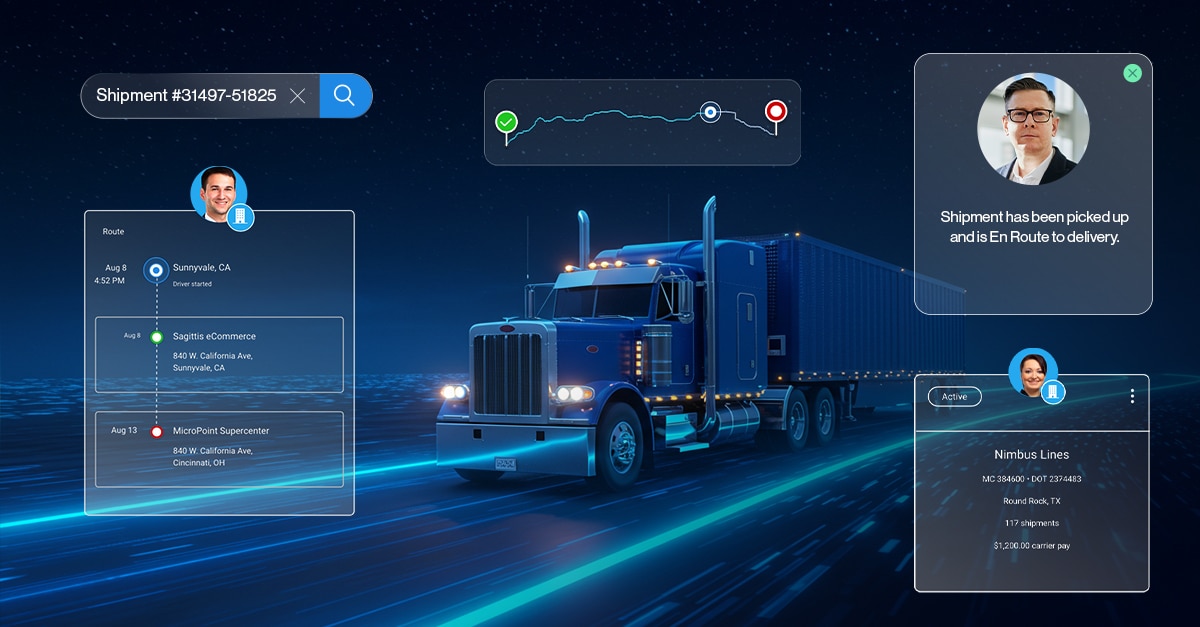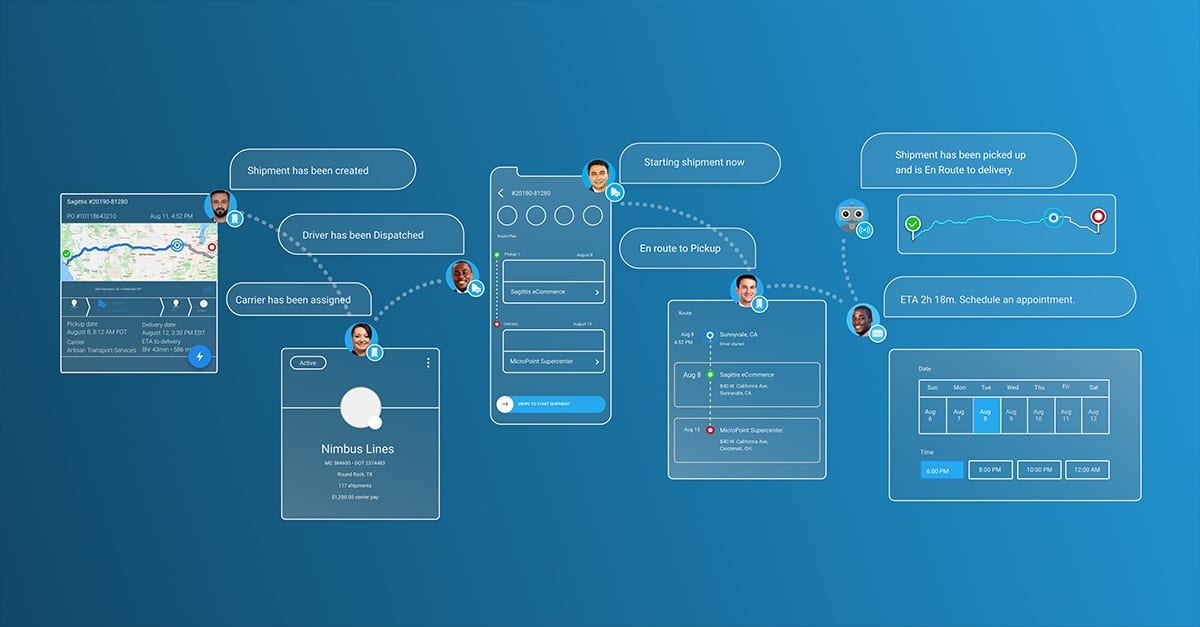Supply chain leaders worldwide are actively pursuing the promise of unified systems, analytics-driven insights, and overcoming the barriers to efficiency through freight technology. And it’s all in the goal of enabling freight management by exception through automated processes. Those processes range from all walks of supply chain management, including tendering, real-time status tracking, invoicing, auditing, and performance measurement. Together, automation and intuitive interfaces allow companies to achieve management by exception, and supply chain leaders need to know why it’s of the top priority in the age of disruption.
Why Traditional Management Falls Short
When supply chain professionals work with multiple supply chain systems that are not connected via API or other methods to share real-time data, traditional management means managing freight with outdated data, limited visibility, and an inability to intervene when a problem occurs.
Without the seamless sharing of data, supply chain professionals are often stuck waiting on a slow update and hoping everything falls into place. That’s not realistic or working for the modern supply chain.
At the same time, supply chain leaders may lack the resources necessary to capture and analyze data. If the supply chain tech stack contains the TMS, a WMS, ERP, WES, and YMS, you’ll not only need a mechanism to collect and analyze the data from those systems, but also the systems used by carriers, suppliers, and third-party servicers for more proactive management. That data could shed light on lead time and enable more proactive management and execution, but the only way to leverage its value lies in getting access and applying it. Thus, traditional management further limits a professional’s ability to see beyond the four walls of a company and intervene when necessary.
Automation and Guided Workflows Enhance Accountability and Actionability
Automated processes and guided workflows enable freight management by exception. Automation can transform nearly any function into a fully replicable and traceable data trail. And using advanced algorithms is only the beginning. According to Talking Logistics, “The heart of this exception management is extended visibility into your transportation execution. Through data integration and the ability to translate and share information flowing in from customers, vendors, carriers, order management, mobile applications, financial systems, emails, portals, and more, today’s systems can become a rallying point for all transportation-related events and data for true inter-enterprise visibility.”
The functionality expressed through highly configurable platforms and those that they connect together into a single source of truth derives a significant ROI. The unification of disparate systems hastens the order to cash process, creating operational efficiencies and using technology to scale your business by doing more with fewer resources. Think about it. The supply chain is about one thing—moving freight and getting paid. And as explained by Inbound Logistics, “It allows invoices exceeding the approved cost figure—up to a specified dollar amount or percentage of the overall invoice—to pass through the TMS to settlement without triggering an exception. Customers set the amount of “wiggle room” allowed above the approved cost.
For example, a shipper can opt to allow the automatic approval/payment of invoices up to $50 above the approved rate. When there’s an unexpected cost of less than $50 encountered during shipment —an entrance fee, stop the charge, toll, etc.—these small overages pass through without triggering an exception requiring managers to review and approve manually.”
Automation and intuitive interfaces enable these streamlined workflows by highlighting the problems, identifying the steps to achieve the desired result, and avoiding the hassle of working across dozens of systems in the tech stack.
Additional Ways Integrated Management by Exception Streamlines Operations
Enabling management by exception also leverages other processes to reduce delays and maximize profitability, including:
- Contextual interfaces gather and apply information to avoid miscommunications or unnecessary delays.
- Auditing trails eliminate the hassle of managing freight spend and understanding costs.
- Automated exception reporting keeps everyone informed.
- Customizable, dynamic rulesets can handle virtually any need.
- Using data and analytics to derive actionable insights improves the performance of carriers, frontline workers, supply chain business-to-business partners, and customer satisfaction.
Tap the Value of a Single Pane of Glass for Automated Management by Exception in Logistics Now
A single pane of glass is the go-to resource for improving supply chain efficiency and reducing the hassle of managing freight across disparate systems. And Turvo aids users of the platform with that functionality with a new feature, Workbench. Workbench combines automated exception management with the value and functionality of a dedicated single pane of glass in the supply chain. Contact Turvo online to learn more.








